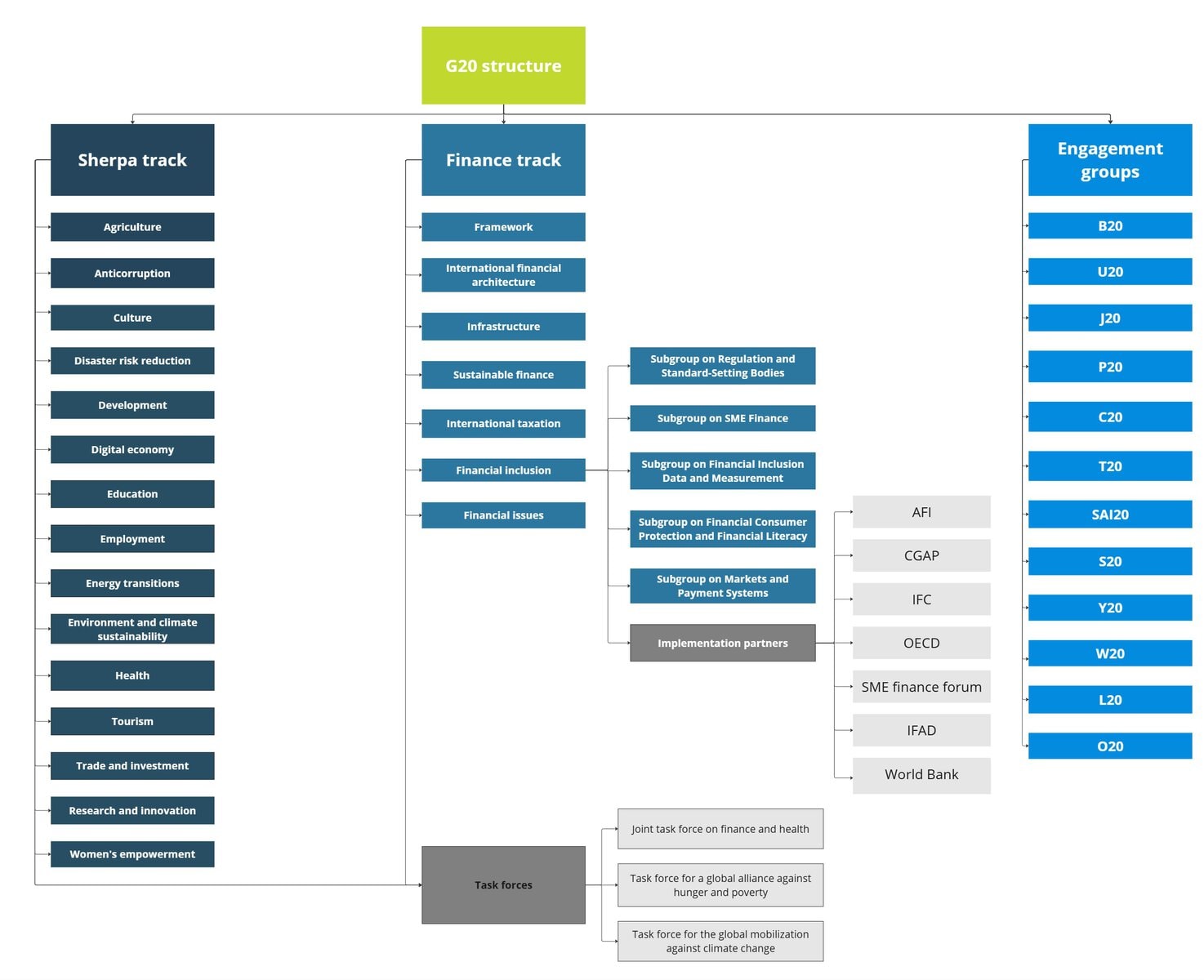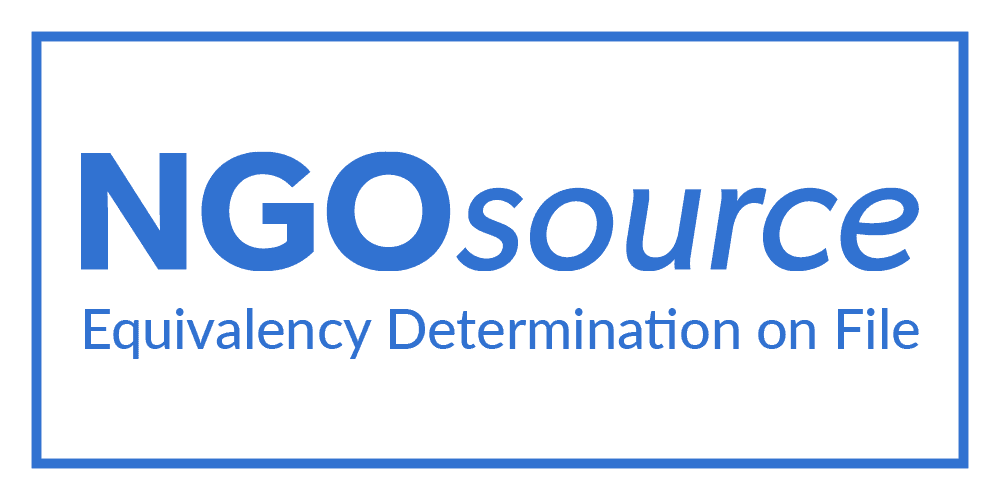A pocket guide to navigating the structure of the G20
A pocket guide to navigating the structure of the G20
4 October, 2024 •On 1 December 2024, South Africa will take over the G20 presidency. This is a fantastic opportunity for Africa. In his recent Troika high-level address at the United Nations (UN), International Relations and Cooperation Minister Ronald Lamola, announced that South Africa’s presidency will prioritise the Global South, particularly the African agenda, emphasising solidarity, equality, and sustainable development..
Cenfri’s strategy centres on building the fundamentals of welfare-enhancing digitalised economies that contribute to sustainable economic growth and inclusion for all. These topics are therefore of keen interest to us. We’ll also closely monitor the developments under the Global Partnership on Financial Inclusion to see how South Africa builds on the focus of the India (2023) and Brazil (2024) presidencies regarding digital public infrastructure, last-mile access, and the quality of inclusion for individual and MSME consumers.
But what does the G20 presidency actually entail? The G20 spans an intricate web of structures and platforms, organised under two main tracks:
- The Sherpa Track is led by the personal emissaries of G20 leaders, and oversees negotiations, discusses topics that shape the summit’s agenda, and coordinates most of the work across fifteen thematic working groups.
- The Finance Track deals with strategic macroeconomic issues and is led by Finance Ministers and Central Bank heads from member countries. It comprises seven technical groups, three Task Forces, and several sub-groups.
Finally, twelve specialised Engagement Groups operate alongside the central structure. For example, the T20 consists of global think tanks and research institutes, while the Y20 is designed to facilitate dialogue among young people in member countries.
In the infographic linked in the image below (click on the image to view the full version with descriptions), we share our pocket guide for navigating the structure of the various working groups and platforms under the main tracks. Over the coming year, we will consult it frequently – we hope you find it handy too!





